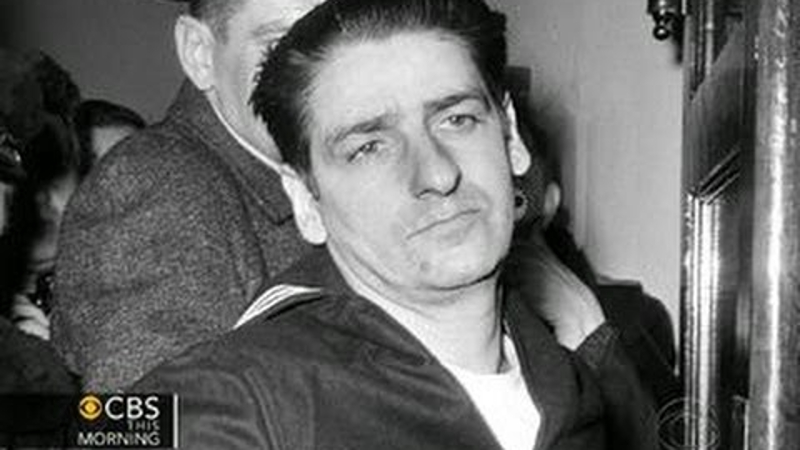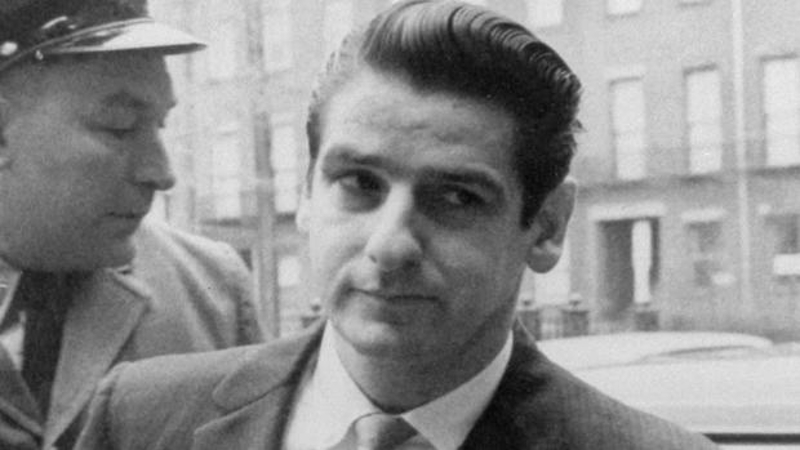With Hulu/Disney+’s ‘Boston Strangler‘ delving deep into the way a female reporter broke the story of an alleged serial killer in the 1960s, we get a true insight into the harsh realities of that era. After all, this Matt Ruskin-original historical crime drama essentially examines the challenges of sexism, patriarchy, and justice, all the while steering the narrative toward suspect Albert DeSalvo. Yet for now, if you simply wish to learn more about the latter — with a particular focus on not only whether he really was a heinous offender but also his ultimate demise — we’ve got you covered.
DeSalvo’s Ambiguous Role as the Strangler
Although born into an unbroken home in Chelsea, Massachusetts, on September 3, 1931, Albert’s upbringing was reportedly not comfortable, happy, safe, or stable at all — it was just abusive. In fact, according to reports, his father was a violent alcoholic with depraved needs, driving him to often hurt his wife as well as engage in paid sexual activities right in front of his young children. Therefore, by the time the former was in his early adolescence, the trauma had sparked his interest in sheer criminality, whether it be assault, battery, shoplifting, robbery, and torturing animals.
Albert’s first arrest was hence on the charge of assault during the commission of theft when he was merely 12 in 1943, followed by another evident conviction for grand theft auto at 15 in 1946. Nevertheless, the Eastern US native still managed to enlist in the Army upon completing his second sentence, only to be honorably discharged following a single active tour for disobeying orders. He did successfully re-enlist a short period later but was again honorably discharged despite having been accused of molesting a minor girl while posted at the Fort Dix, New Jersey, military base.

Albert was then arrested a few more times on different robbery counts, yet it wasn’t until the fall of 1964 that the career criminal’s real depravity came to light thanks to the help of a victim. The truth is, by this point, the police were already investigating the 13 Boston Strangler murders as well as a series of sexual assaults by a man dubbed “the Measuring Man” or “the Green Man.” In the latter, the assailant always posed as a talent scout/detective while approaching women of all ages with a tape measure in hand, just to take advantage of their naivety in every horrific way conceivable.
And as it turns out, Albert could be behind both — he confessed to being the Boston Strangler in detail while in custody after a victim positively identified him as her Measuring Man perpetrator. It is thus believed this serial rapist has assaulted nearly 300 women over a period of two years in Massachusetts, New Hampshire, Connecticut, and Rhode Island, all the while slaying 13 others. However, not only could the suspect not be charged with the blatant homicides owing to a sheer lack of evidence, but he even recanted his precise Strangler confessions towards the end of the 1960s. It’s also imperative to note many believe he was merely a scapegoat for the killings and that there was, in fact, more than just one person involved.
Albert DeSalvo’s End: Stabbed in Prison
It was in 1967 that Albert was handed down a life sentence for the series of rapes he committed as the Measuring/Green man, much to the chagrin of his defense lawyer, Francis Lee Bailey. That’s because the latter had hoped to land him a plea bargain on the grounds of insanity — he wanted his client to be carefully studied in a hospital rather than locked away behind bars. Though any public empathy for the convict vanished once he escaped Bridgewater State Hospital with two fellow inmates in February of the same year, sparking a nationwide manhunt until he himself surrendered.

Regardless, everything changed on November 25, 1973, as Albert was found stabbed to death at the maximum security Walpole State Prison (now better known as MCI — Cedar Junction). He was 40 at the time, and despite rumors of possible gang involvement, drug use, as well as contrabands, no one has ever been identified, charged, tried, or convicted as his killer/s until now. But in the end, although the rapist and suspected serial killer served only around six years behind bars, new DNA evidence in 2013 finally connected him to one of the Strangler murder cases; that of 19-year-old Mary Sullivan in January 1964.
Read More: Was George Nassar the Boston Strangler? Where is He Now?


You must be logged in to post a comment.